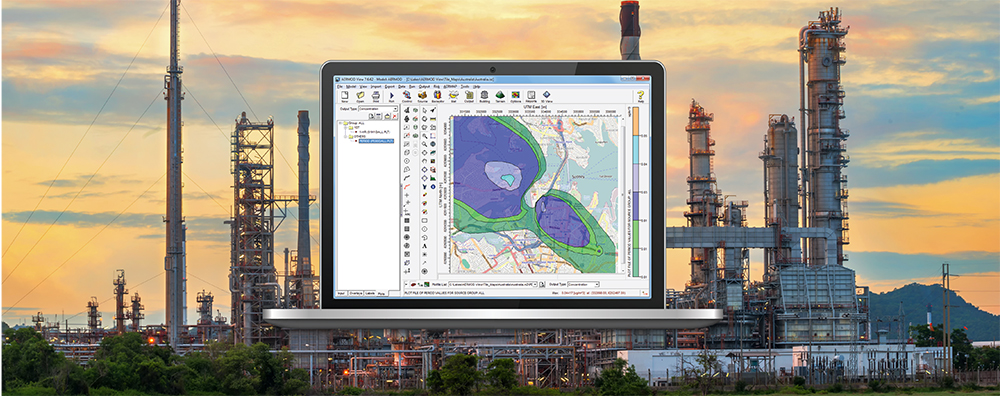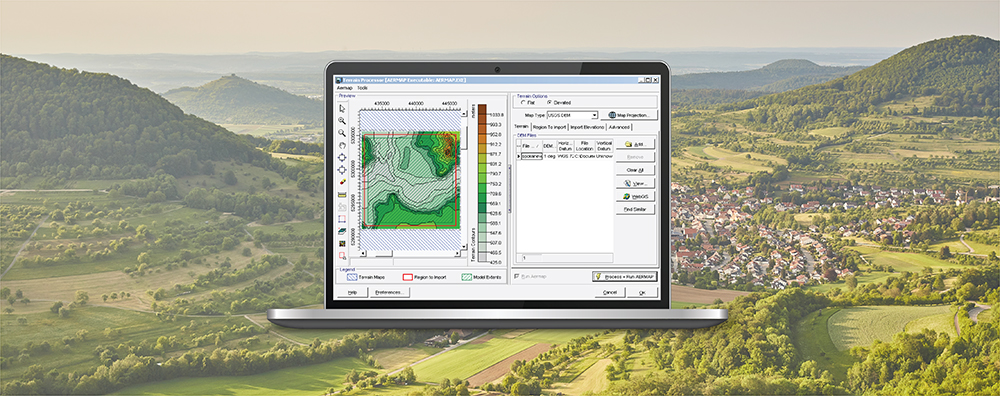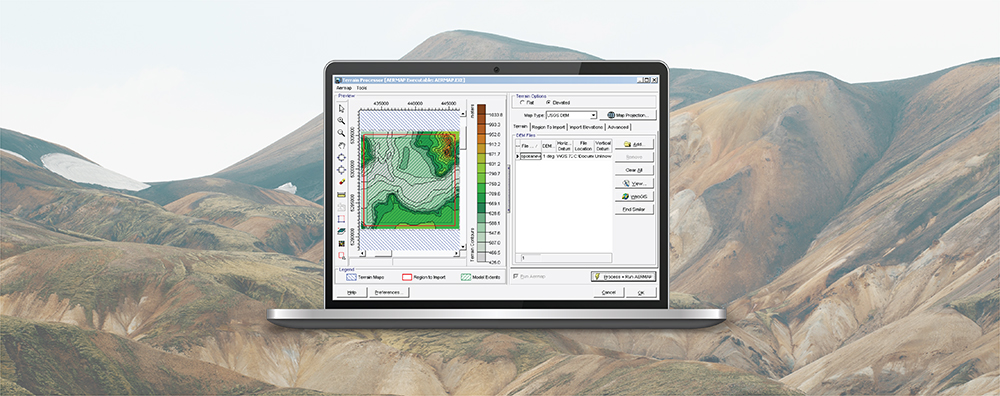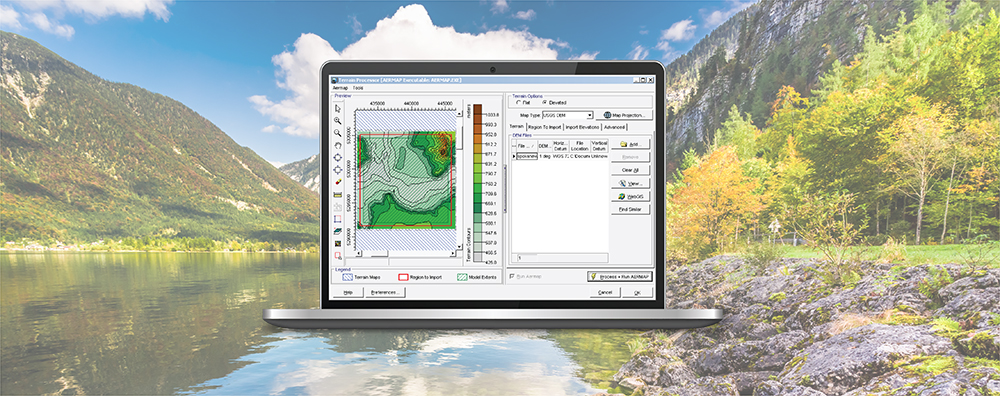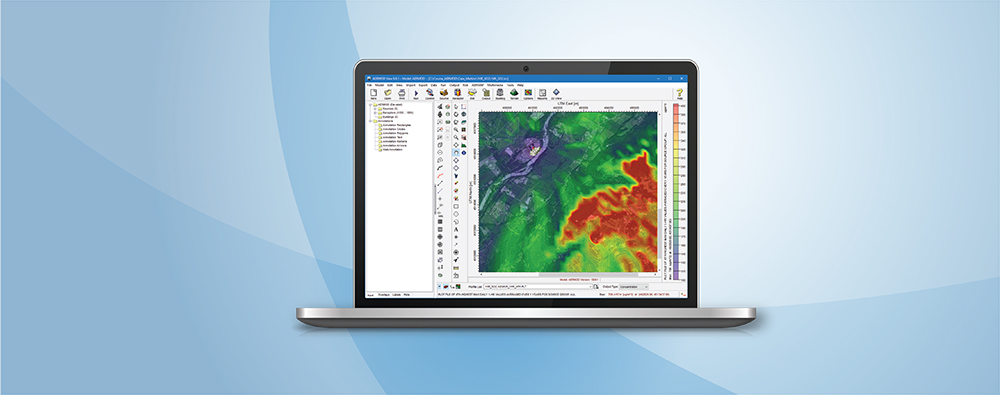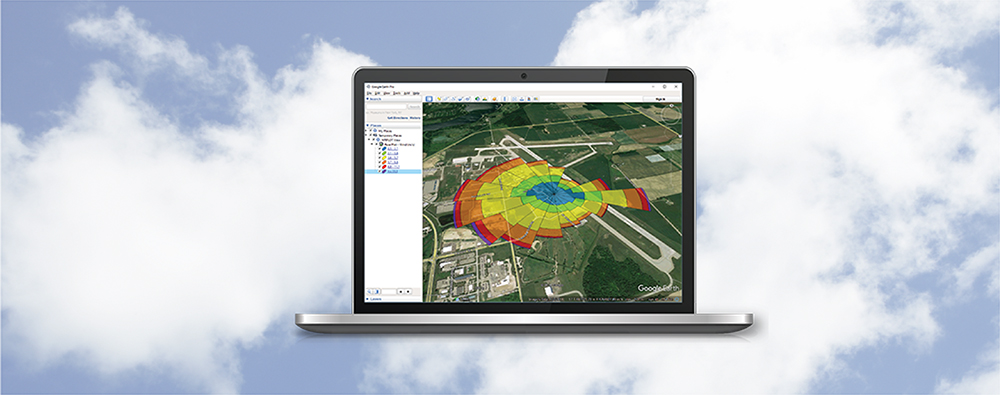AERMOD View: Grouping Options in Source Pathway
The AERMOD air dispersion model features many different settings which provide users the ability to customize how model output is presented. Within the model’s Source Pathway are multiple options for grouping sources, but just what do all these different groups mean?


